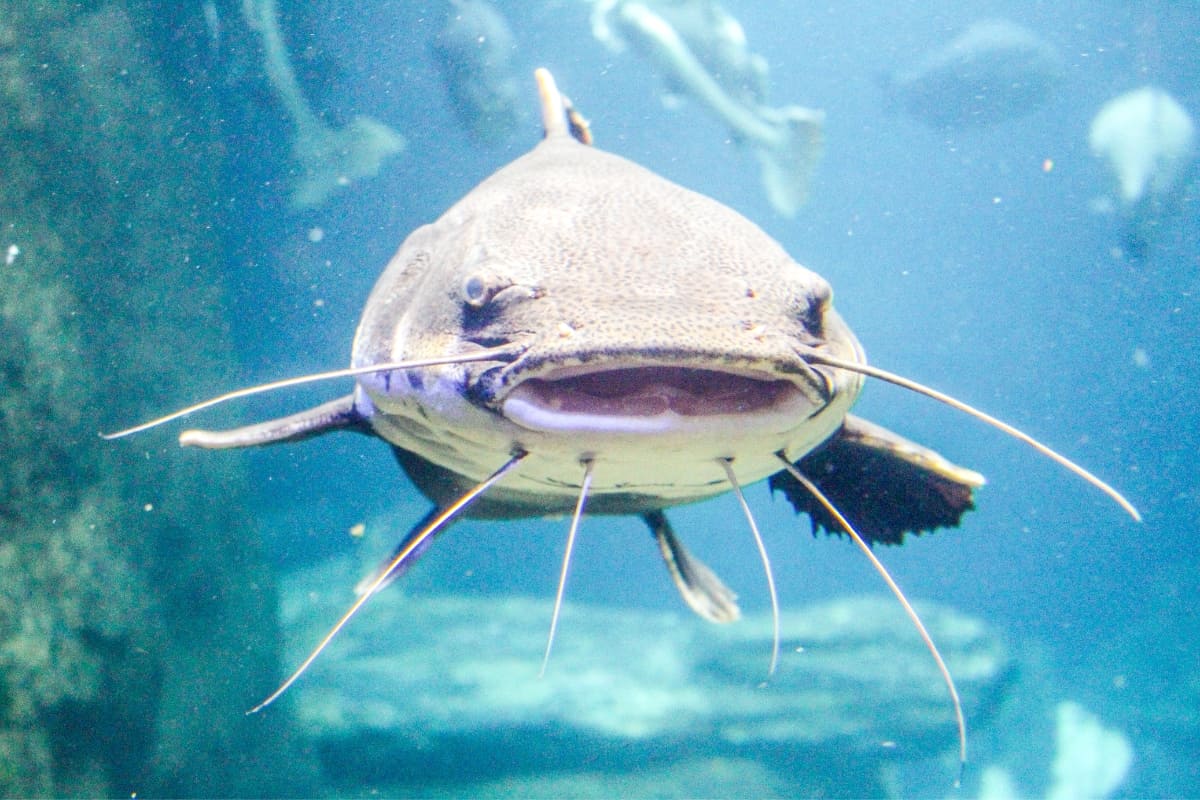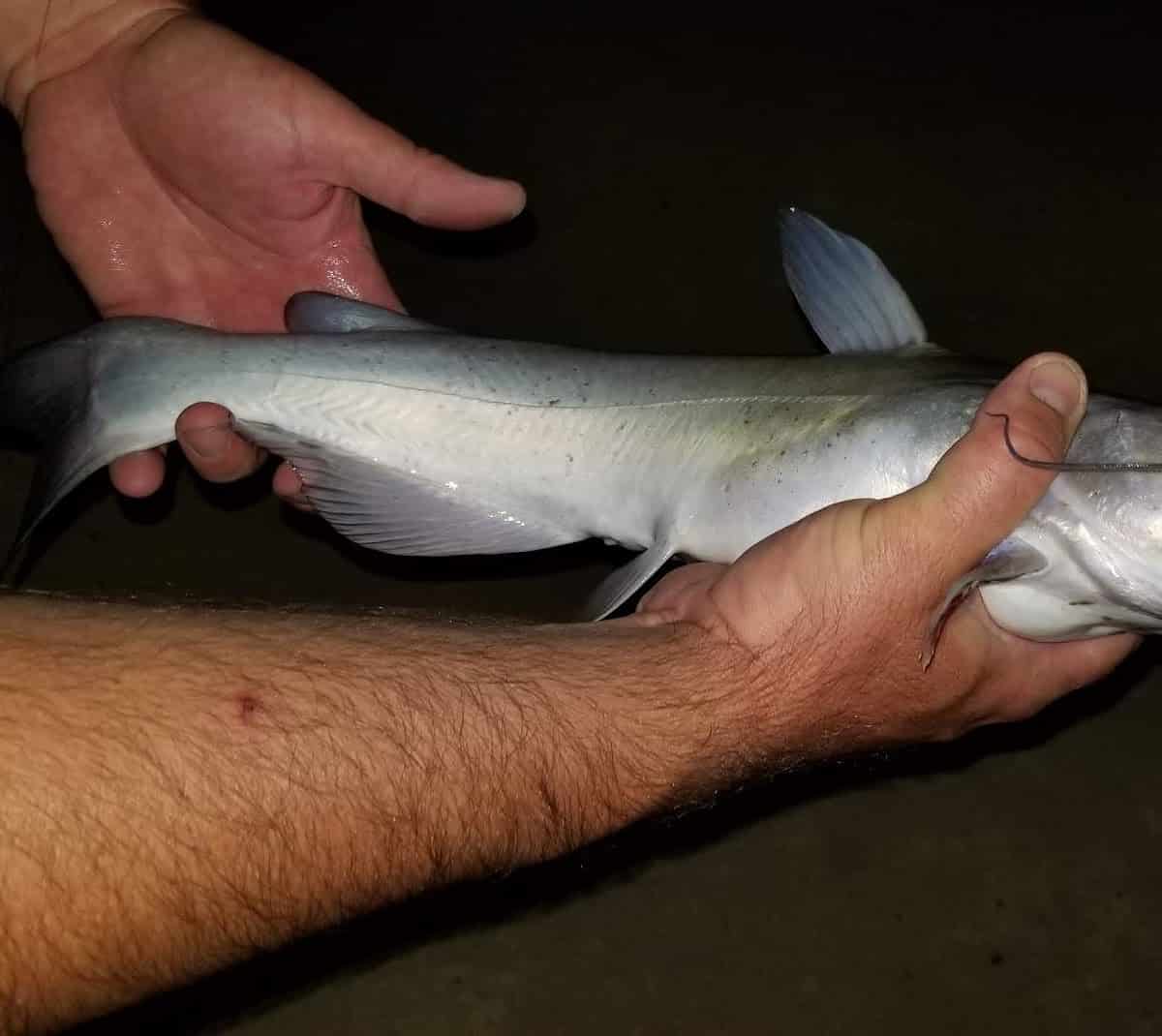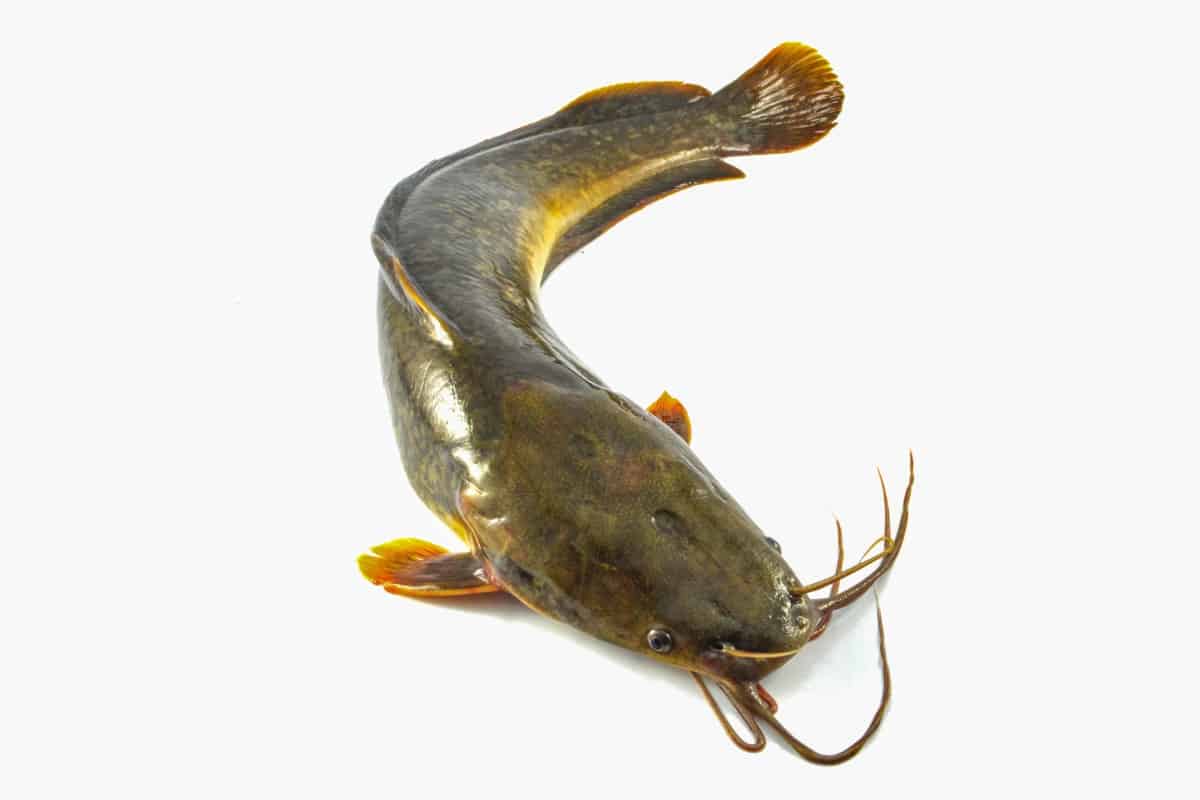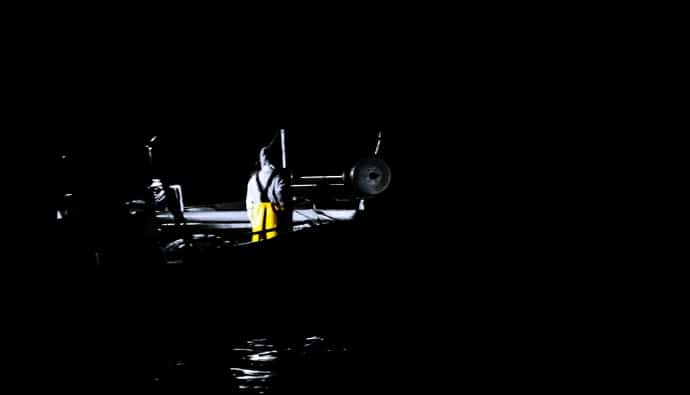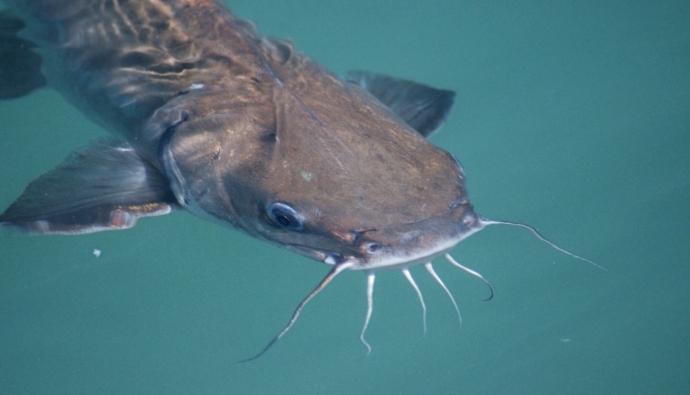The slip bobber rig is the most adaptable catfish rig available that every angler should be familiar with. It is ideal for catching channel catfish and other different species like freshwater game fish.
The versatility of the slip bobber rigs allows fishermen to fish at various depths and adjust their fishing depth in response to changing conditions swiftly.
Here you’ll go over the fundamentals of setting up a slip bobber rig, the fish species to target with it, and how to use it to catch more fish.
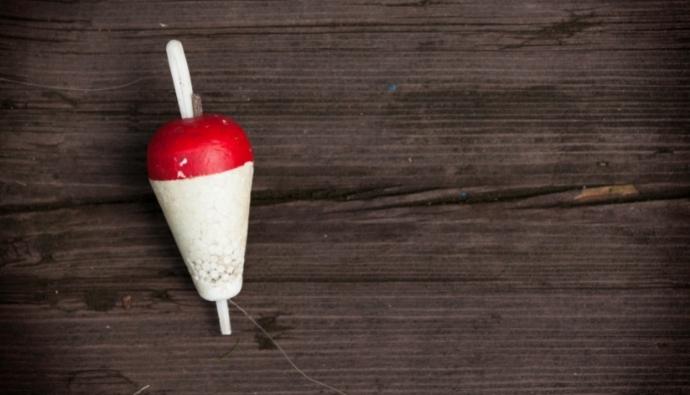
How Does a Slip Bobber Work?
A slip bobber is a buoyant object that slides up and down the fishing line. It is typically outfitted with a weight beneath it and a bobber stop over it.
When launched into the water, the weight drags the line through a slip bobber, making it slides up the fishing line until it hits the bobber stopper.
The main advantage of a sliding float system is the ease with which you may change the depth or shallowness of your fishing by adjusting the bobber stop over your fishing line.
This makes the slip bobber rig one of the most adaptable fishing rigs accessible to anglers, as it allows you to employ the same tackle to fish in various depths.
You can use slip bobbers to target various freshwater fish and saltwater species. Observing a float fall whenever a fish strike is one of the most thrilling experiences for any angler.
How to Rig a Slip Bobber Rig
You will need the following to start rigging and fishing with slip bobber rigs:
- Bait hook
- Leader line – fluorocarbon
- Swivel
- Bobber stopper
- Mainline – braid or monofilament
- Sliding sinker or split shot weights
- Plastic bead
- Slip bobber or sliding float
Once you have all the tackle, begin by attaching a bobber stopper to your main line. Depending on your personal needs, braid or monofilament fishing lines are fantastic options because of their buoyancy properties, which are perfect when you want to fish with a float.
After that, attach a plastic bead to your line just beneath the bobber stop before attaching the bobber. Once you have placed the bobber on the main line, attach a sliding sinker to it under the bobber before securing the main line to a barrel swivel. Depending on your desire, you could also use split shot sinkers underneath the float rather than a sliding sinker (and on the size of your float).
After that, attach a fluorocarbon leader to the swivel and lengthen it by 2 to 3 feet before adding a baited hook to the opposite side of the leader. Fluorocarbon is the greatest choice for the leader due to its limited visibility and propensity to sink in the water.
Ensure your tackle is delicate as possible to prevent scaring the fish. You may now launch your slip bobber setup and start fishing after baiting your hook.
Slip Bobber Stops: How to Use Them
For your fishing to be productive, it’s crucial to know how to utilize bobber stoppers efficiently since they influence how deep or shallow you fish your slip bobbers.
Even though you can make your own bobber stops, it is usually preferable to purchase ready-made bobber stops from the tackle store for your rigging requirements because they are typically inexpensive and save you much time.
Many anglers prefer using egg bobber stops, which include a bead in the arrangement. When rigging them, run the fishing line via the bobber stop’s wire loop, then swipe the bead and bobber stop above the loop and onto the line.
Once attached to the line, you may simply slide the bobber stopper up and down to change the fishing depth. Employing bobber stops has several benefits. First, they easily slide between the eyes of the fishing rod when casting and reeling them onto the fishing reel is simple, meaning you can set them at virtually any depth.
How Much Weight Should You Apply on a Slip Bobber?
You should only apply enough weight to ensure the float can stand upright in the water. The weight you should attach to a slip bobber depends on the slip bobber’s size and the lure size.
Generally, it shouldn’t be more than 1/4 oz. Tying only one or two tiny to medium split shot weights to the float is preferable whenever you employ a finesse bobber arrangement.
Utilizing an egg sinker can make the bobber heavier, allowing it to stay upright in the water. Besides, it adds additional weight to the slip bobber rig, enabling you to cast farther.
Also, the sinker aids in keeping the large live bait you use with your slip bobber at the proper depth in the water column, such as giant shiners or suckers. When using a smaller slip jig, you can employ a few split shots instead of a heavier sinker.
Suppose you apply a slip bobber with large live bait like shiners or giant suckers, the sinker assists in maintaining the right depth of the live bait in the water column. It also increases the sensitivity of the entire rig because it makes it simpler for fish to draw your float underneath when they bite the bait.
Therefore, to prevent your float from sinking, ensure you select a sinker that is hefty enough to satisfy all of those requirements but not too heavy. If you pick too much weight for your bobber, the entire rig will likely sink, forcing you to swap it out for a smaller one.
What Fish Species Can You Fish with a Slip Bobber Rig?
Due to their adaptability, you can use slip bobbers to catch any freshwater fish. But slip bobbers work best when you want to target active fish in relatively shallow water, between 3 and 30 feet, and they work less well when catching active fish in deeper water.
Slip bobbers are ideal for targeting catfish, walleye, trout, bass, panfish, perch, crappie, common carp, and steelhead. Since the list of these species is extremely diverse, the tackle, equipment, and bobbers used to catch them come in various sizes and designs. For instance, catching panfish requires a considerably more sensitive slip bobber than catching catfish.
Slip Bobber Rig for Catfish
Though you can use slip bobbers to target any variety of catfish, they are particularly effective for catching channel catfish.
For you to catch catfish with a slip bobber rig, you must ensure your slip bobber’s depth setting is adjusted such that your bait is displayed between 1 to 3 feet over the bottom, as this is where catfish are typically found.
When fishing for catfish using slip bobbers, most catfish anglers prefer to use live bait, prepared bait and cut bait. When using a bobber rig for catfish, it’s usually beneficial to employ a treble hook rather than a single hook to keep the bait on the fishing hook and to increase your chances of hooking a fish once the float has fallen.
Slip Bobber Rig for Walleye
Using live tricks like leeches, minnows, and nightcrawlers with a slip bobber setup is a very effective way to catch walleye. Like catfish, you should tweak your rig’s depth so that your bait is displayed within a few feet over the bottom.
The conventional method for using this rig to catch walleye was to throw it out in a healthy setting and then wait for the walleye to approach and grab the lure. Recently, a significantly more successful bobber fishing technique called “power corking” has taken the world of walleye fishing by storm.
Power corking for walleyes involves steering your boat around while searching for a school of walleyes on your fish finder. Then, use your slip bobber to lower your bait to the right depth (and ensure the bobber stop is properly adjusted). Wait for a couple of minutes while keeping an eye on your bobber to see whether you receive a bite.
If you don’t receive a bite after five to ten minutes, lift your rig and keep looking for the next walleyes pod. Power corking’s main advantage is that you can prevent fishing your rig in empty water during periods when no walleyes can be found.
How to Fish a Slip Bobber Rig
The most typical method for using a slip bobber rig is to bait your hook, throw it out to a feeding area like the edge of a weed bed or a drop-off zone, and then set your tackle down while observing the float for bites.
Immediately you sense a bite, grasp your reel and gear in the slack line for you to drop the hook and catch the fish. When fishing for different fish varieties, you can begin by establishing your depth at the center of the water column and then gradually increase or decrease it until you get bites.
It’s usually advisable to employ a more sensitive tackle pair when fish are under a lot of pressure so you can spot shy bites.
Another fantastic technique of using slip bobbers is to cast your bait above the weed bed surface, where suspended crappie or trout are wandering around looking for food. This method truly benefits from a slip bobber setup as it enables you to keep your bait at the right depth without risking having your gear tangled up in the bottom cover.
Drift fishing in streams and rivers is a third technique that is excellent for slip bobber fishing and is frequently employed to target salmon, trout, and steelhead. In this situation, a slip bobber rig excels as it enables quick and on-the-fly depth adjustments while you cover each section of a river one by one before shifting on to the next.
How Deep Can You Cast a Slip Bobber?
The maximum depth range for slip bobber fishing is between 20 to 30 feet, although you can also utilize it up to 60 feet of water deep or more profound.
Technically, you can position your bobber stop on your line at any desired depth. When fishing in water deeper than 25 feet, the major issue is finding the right depth where the fish are active.
Like the popping cork rig, a fixed bobber rig is preferable when fishing in shallow water less than 6 feet deep. Fishing from a boat and using a fish finder to determine the proper depth is the best method for using slip bobbers in deep water.
Conclusion
Slip bobber rig allows your catfish fishing trip to be successful; hence ideal for anglers targeting channel catfish. Slip bobbers allow you to fish at almost any depth of water body. The slip bobber rig is really simple to cast out since, no matter how deep you are fishing, your basic rig configuration will always have the same leader length.



 Facebook
Facebook YouTube
YouTube